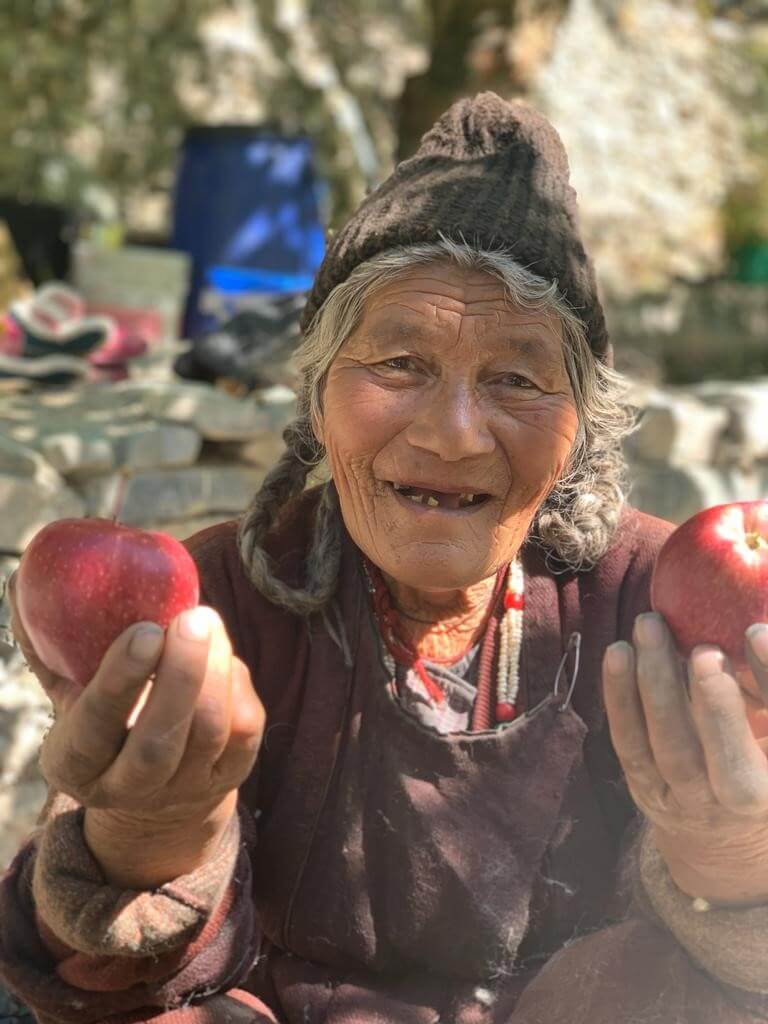With its plantation site located very close to the Indo-Pak border, located in the heart of the Thar Desert of Rajasthan with no greenery around, Project ‘Mission India’ is set to carve a green oasis designed as INDIA – with trees bringing alive the biodiversity and the feeling of patriotism in the hearts of the locals and the tourists.
Also, Rajasthan has about 7% of the country’s cattle population, and nearly 35% of the income of small and marginal farmers comes from dairy and animal husbandry. Therefore, this self-sustainable ecosystem will not only green the deserted area but also provide the local community of cattle rearers fodder for their livestock.


Sponsors


On-Ground Plantation
Ghotaru’s barren and deserted land supported only a few Babool trees (Acacia tortilis) or other weeds which had to be removed to make the land suitable for plantation. The site was cleared through a JCB as well as manually.
To safeguard the site from cattle and wild animals, fencing was done around the site periphery (1700 m in length) using stone pillars at every 20 feet and barbed wire.
A total of 10,500 native and drought-tolerant tree species of Neem, Shisham, and Khair with other flowering and fodder-providing trees have been planted. (5,500 by ONGC and 5,000 by DHL.)
To make the greenery stand out in the shape of INDIA, a masterplan of the plantation site was created, keeping in mind the site topography, existing road plan, and uneven mounds.
Coordinates of each point of the alphabet derived through satellite imaging were pinpointed on-site through a GPS device and marked with flags.


Challenges
The climate is extremely harsh with temperatures reaching 0°C in winters and 50°C in summers. Because of the absence of a place to stay nearby, the SankalpTaru On-Ground team had to create a temporary shelter on the site for the plantation and monitoring activities.
There is no water available close by, and the scarcity of rainfall led the team to develop a water storage tank on site.
Procurement of fencing material and essential prerequisites has been challenging due to the nonavailability of the markets in close proximity.
The mobile signals in the area are extremely weak. Therefore, for taking accurate measurements, the team had to get the latitudes and longitudes of each point of the alphabet and mark them on-site using a GPS device.
The area lies in a no-fly zone which restricts the use of a drone to capture more accurate measurements for positioning the trees as per the marked flags.



Impact

While the annual precipitation in these hot dunes of sand is noted to be 200nm to 300nm, these trees will help to retain moisture in the soil and increase groundwater recharge in the water-scarce zone.
Also, the water retention by the roots of the trees would help to conserve 18 million litres of water annually.
The grown forest would act as a habitat for the Great Indian Bustard, Nilgai (Asian antelope), and other indigenous birds and animals.
Additionally, the plantation will act as a windbreak for the sandstorms, preventing further desertification in the region.
The plantation will also provide respite for the BSF personnel who are stationed in the region (considering its proximity to the border). It will spell the name of the country from the aerial view, thus proclaiming a tribute to their courage and spirit.



